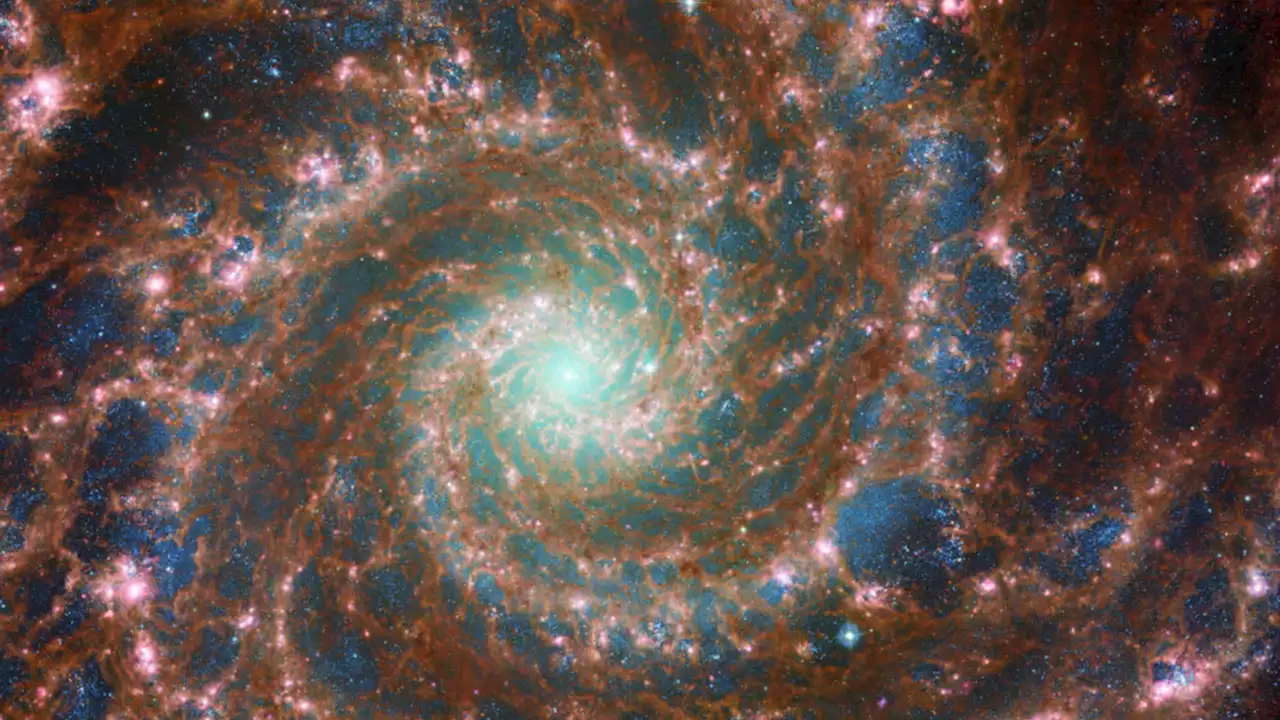Peers into the heart of the galaxy like no telescope has done before.
last year. The ESA's efforts are being rewarded by guaranteeing at least 15 percent of the JWST observation time, an arrangement that was also followed for the Hubble Space Telescope.The Phantom Galaxy lies 32 million light years away from the Earth in the constellation Pisces and is located face-on to our planet. This makes it easier to view it as an object of study.
In addition to this, the spatial arms of the galaxy also make it an attractive object to viewing in the skies. There are many spiral galaxies out there. However, their spirals are rather "patchy and ragged to structures," ESA wrote on its website. In sharp contrast, the M74's spiral arms are prominent and well-defined, earning it the moniker "grand design spiral."
The Hubble Space Telescope has also captured the M74 using its sensors that can capture ultraviolet and visible spectrum wavelengths, and so have other observatories such as Atacama Large Millimeter/submillimeter Array, ALMA, which is based on the ground.The JWST recently captured images of the Phantom Galaxy M74 using its Mid-InfraRed Instrument . According to
, the MIRI covers a wavelength range of 5-28 microns and is also equipped with a camera. This allows the instrument to capture wide-field, broadband images of distant galaxies, newly forming stars, and comets that are faintly visible too.The instrument has allowed scientists to see delicate filaments of gas and dust that are present in the spiral arms of the galaxy, which go outward from the center of the galaxy.
Previously captured images of M74 by the Hubble Space Telescope show bright areas of star formation, which are dubbed HII regions. Researchers at ESA overlaid theSimilar new-found information from the JWST will also help astronomers to pinpoint start-forming regions in other galaxies, measure masses and ages of star clusters, and learn more about the dust drifting in space, ESA said on its website.
United States Latest News, United States Headlines
Similar News:You can also read news stories similar to this one that we have collected from other news sources.
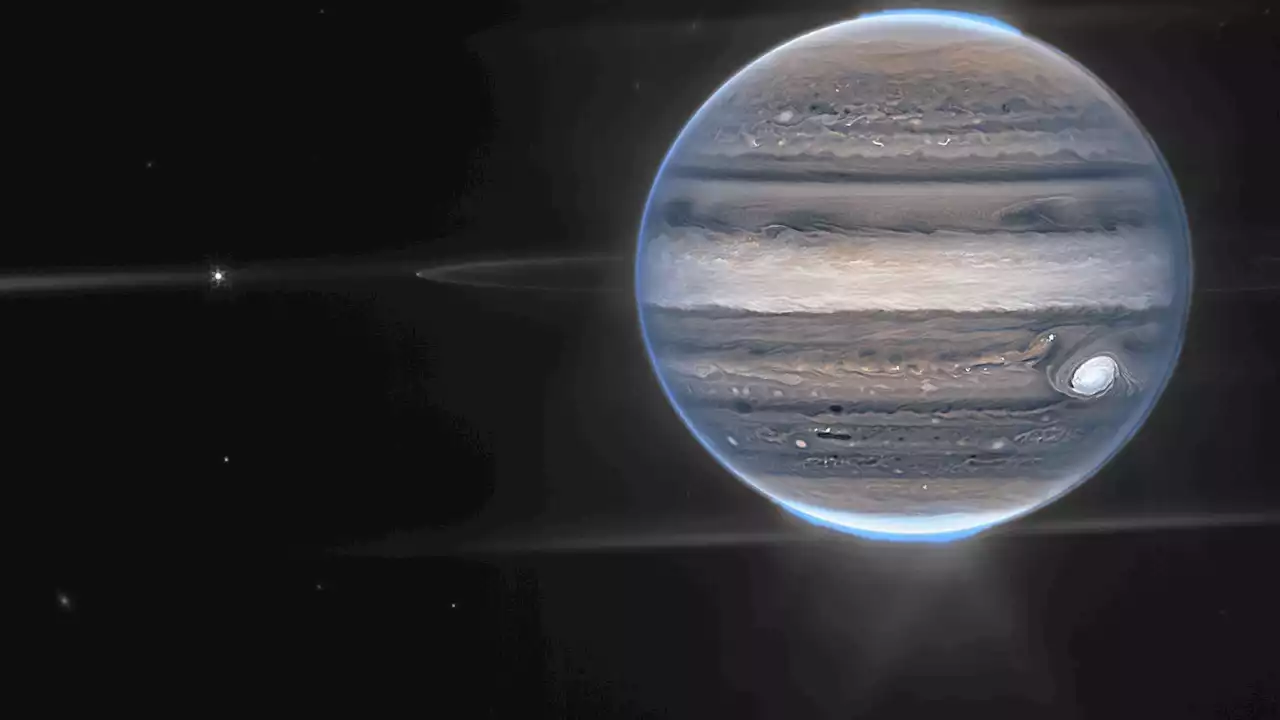 New James Webb Space Telescope Images Show Jupiter’s Auroras, Tiny MoonsThe James Webb Space Telescope took the photos capturing unprecedented views of Jupiter’s northern and southern lights, swirling polar haze and Jupiter’s Great Red Spot.
New James Webb Space Telescope Images Show Jupiter’s Auroras, Tiny MoonsThe James Webb Space Telescope took the photos capturing unprecedented views of Jupiter’s northern and southern lights, swirling polar haze and Jupiter’s Great Red Spot.
Read more »
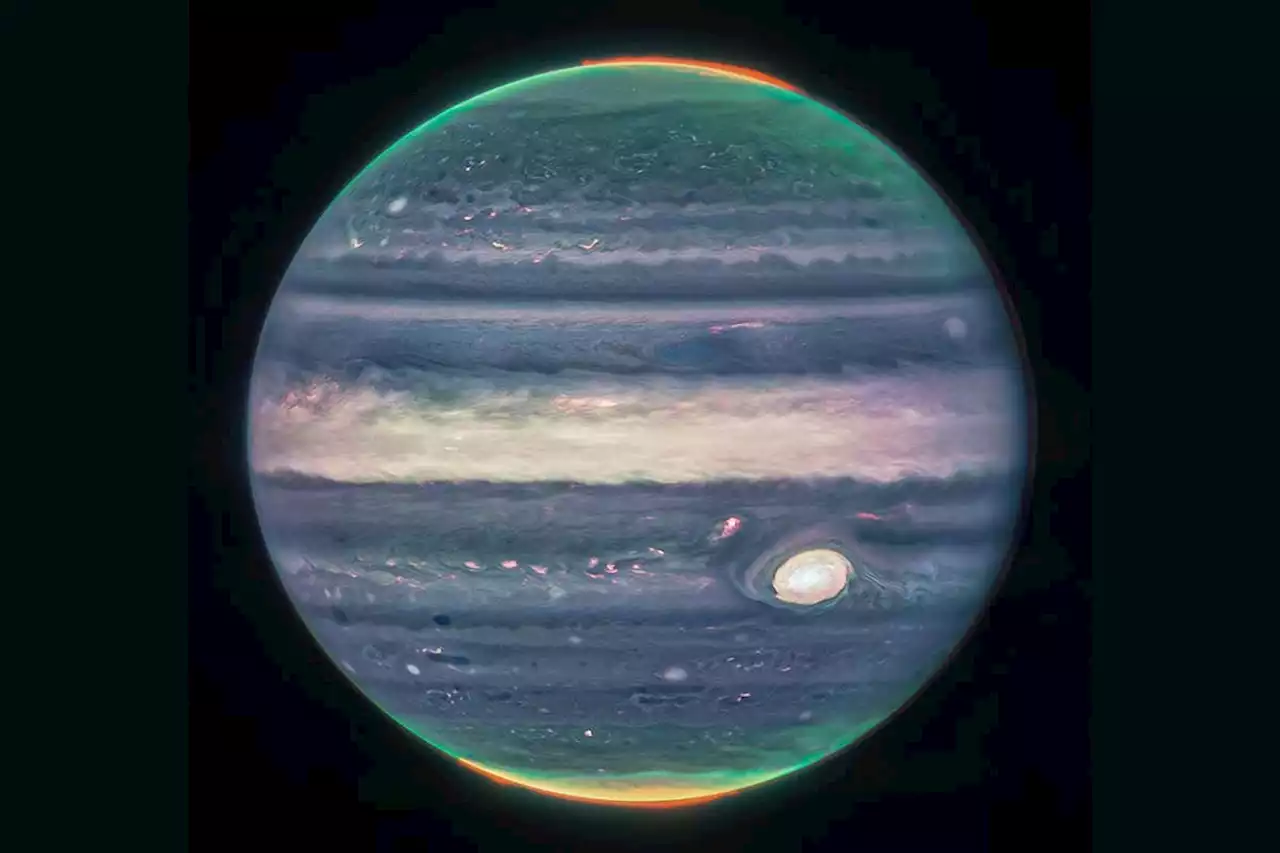 JWST has taken even more beautiful images of Jupiter and its auroraThe James Webb Space Telescope has taken new images of Jupiter, showing off its bright hazes, tenuous rings and auroras with the hopes of understanding the entire system better
JWST has taken even more beautiful images of Jupiter and its auroraThe James Webb Space Telescope has taken new images of Jupiter, showing off its bright hazes, tenuous rings and auroras with the hopes of understanding the entire system better
Read more »
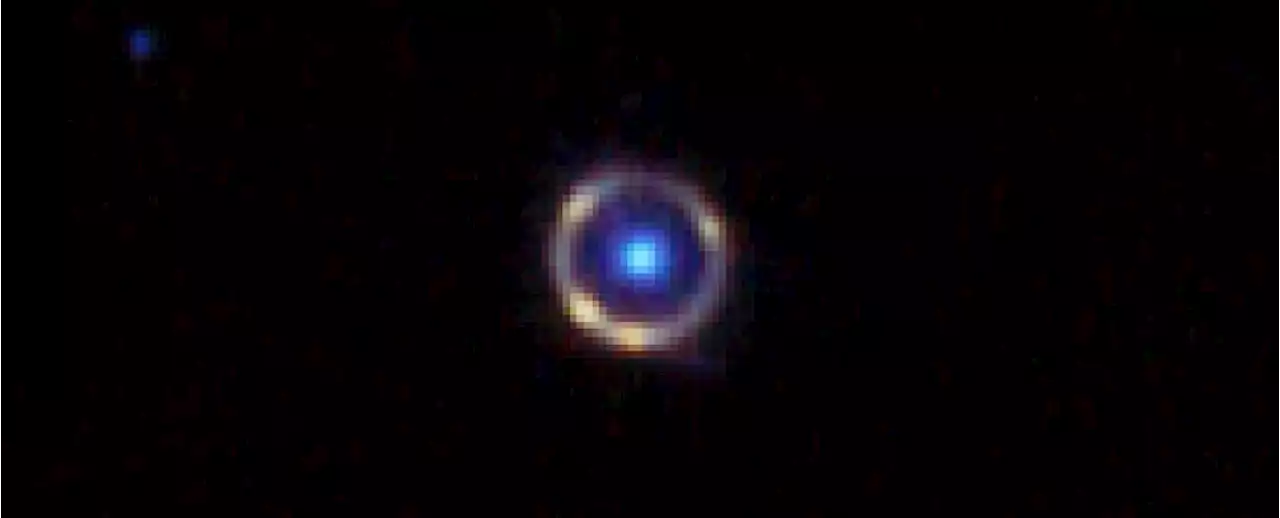 Webb Has Snapped an Almost Perfect Einstein Ring 12 Billion Light-Years AwaySince the first James Webb Space Telescope images were released in July, our feeds have been flooded with mind-bogglingly gorgeous photos of space – from insanely detailed images of Jupiter to the most distant known star.
Webb Has Snapped an Almost Perfect Einstein Ring 12 Billion Light-Years AwaySince the first James Webb Space Telescope images were released in July, our feeds have been flooded with mind-bogglingly gorgeous photos of space – from insanely detailed images of Jupiter to the most distant known star.
Read more »
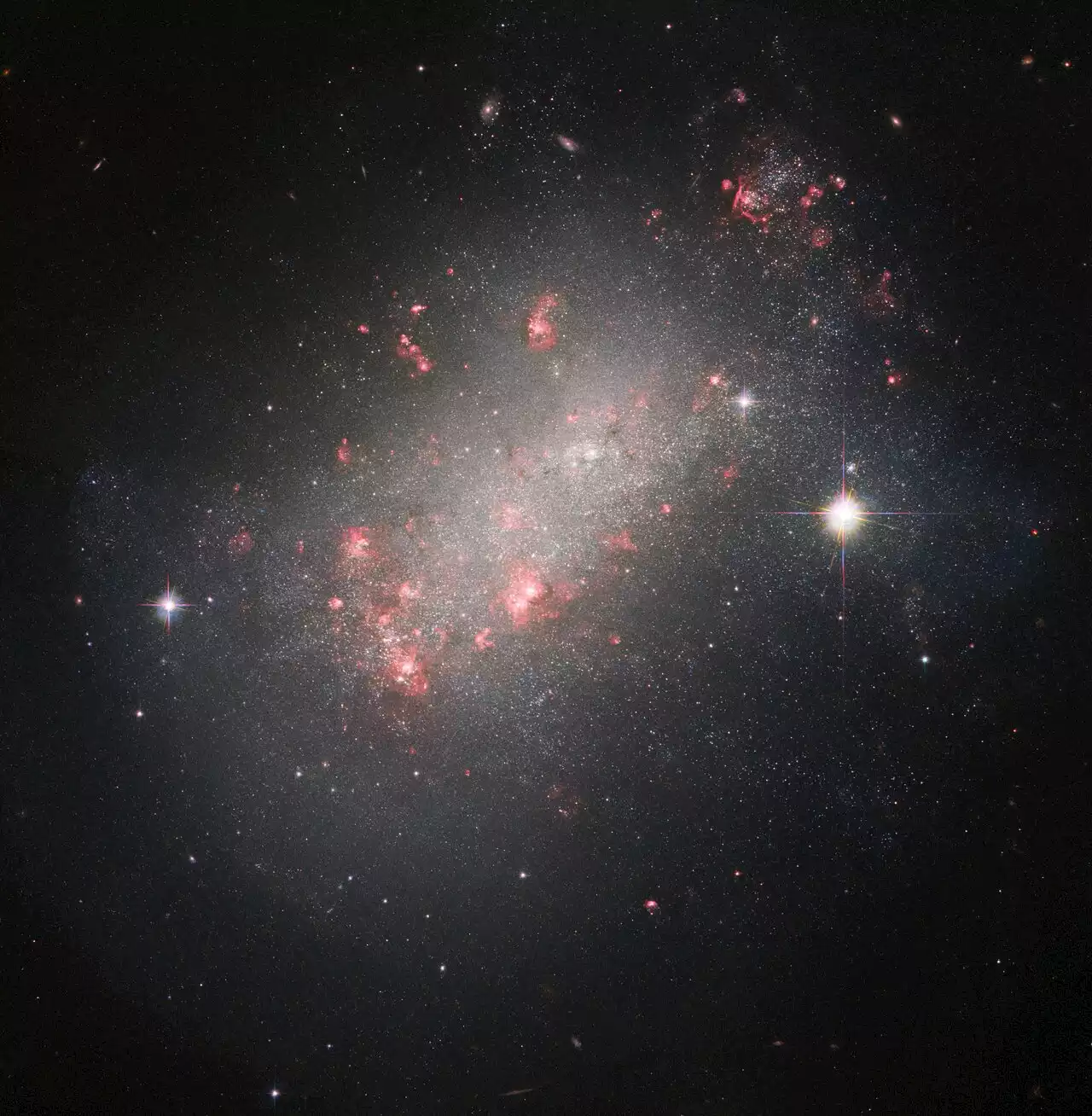 Hubble revisits a funky irregular dwarf galaxy | Digital TrendsThis week's Hubble image shows an unusual, chaotic dwarfgalaxy which defies categorization.
Hubble revisits a funky irregular dwarf galaxy | Digital TrendsThis week's Hubble image shows an unusual, chaotic dwarfgalaxy which defies categorization.
Read more »
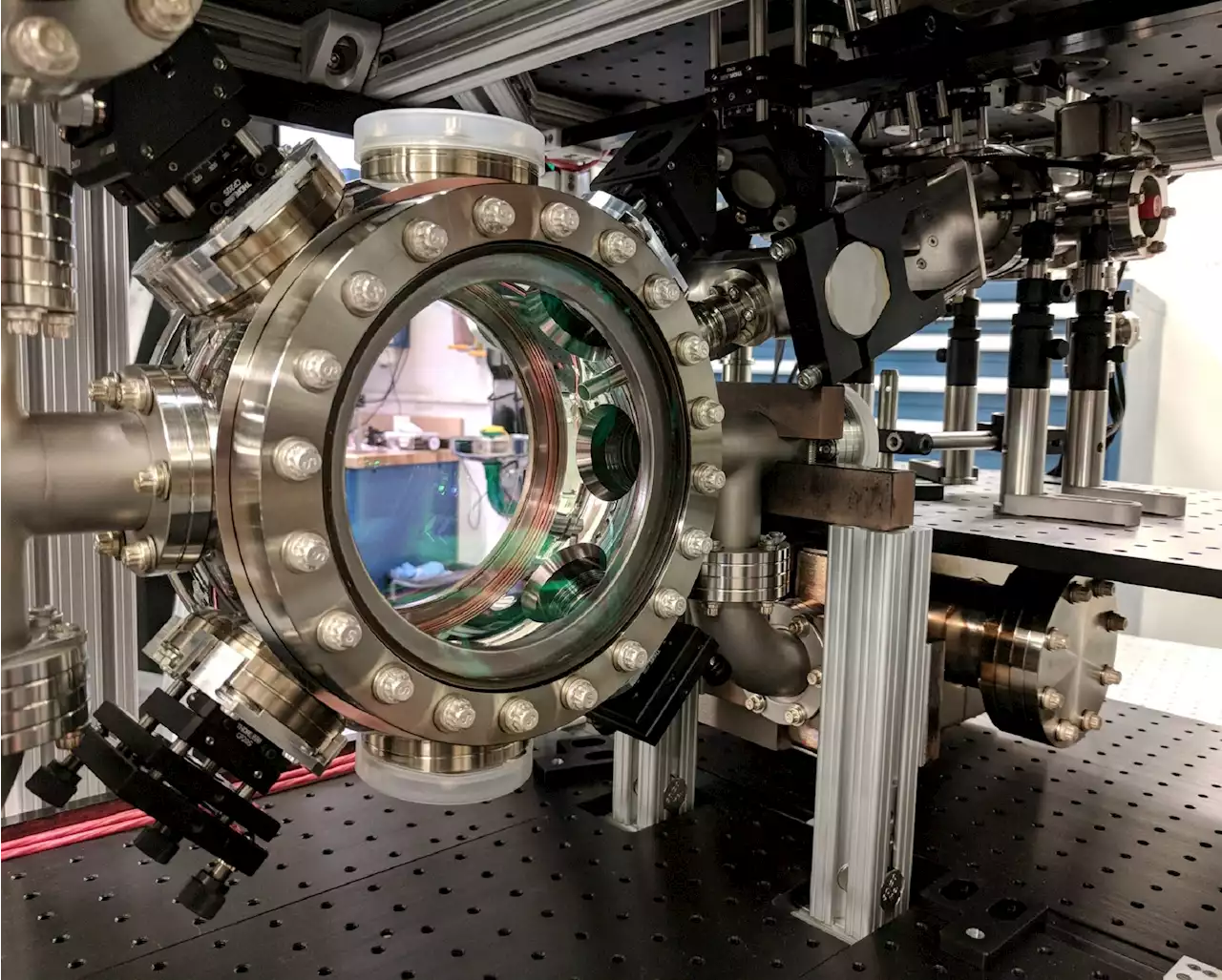 Atoms are famously camera-shy. This dazzling custom rig can catch them.Stanford physicists designed a mirror-studded, 3D printed camera specifically to capture quantum physics experiments.
Atoms are famously camera-shy. This dazzling custom rig can catch them.Stanford physicists designed a mirror-studded, 3D printed camera specifically to capture quantum physics experiments.
Read more »
